This week we’re revisiting some of the most popular summer stories from the archives. Here’s one:
Every summer I make a beeline for one of my favorite summertime haunts: Nunan’s Lobster Hut in my hometown in Maine. My favorite thing about it is not the long rows of benches that line the interior or the way the building is perched over a salt marsh, but the gray boat paint that covers the wood floors and tables. I imagine that the owners stock gallons of it and add a new coat each season, the layers built up over 65-plus summers.
Like splatter-painted floors (which “hide a multitude of sins,” Justine writes of her own cottage floors in DIY: Splatter-Painted Floors), painted wood floors—so often seen in summer cottages in Maine and on the Cape—are all about New England practicality: They’re cost-effective, brilliantly conceal summer debris like sand and dirt, and need only another coat of paint when they wear. They’re also wholly unfussy and evocative of the carefree summerhouse.
Take a look at a few favorites in summerhouses past. (And for much more on the merits of boat and deck paint, check out our new book, Remodelista in Maine.)
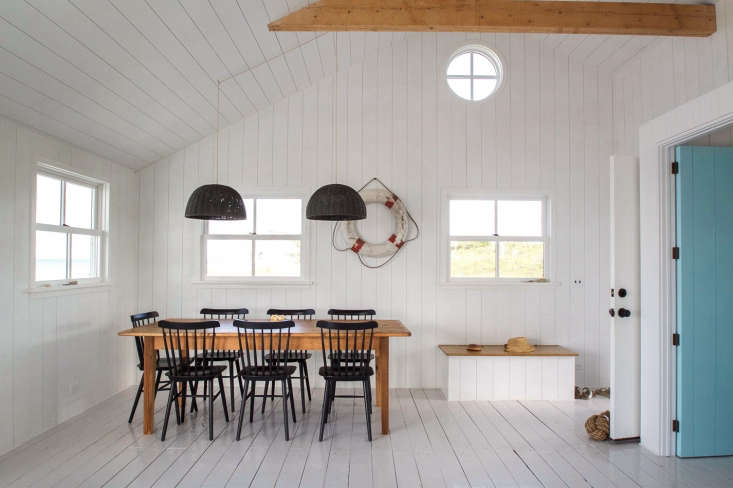

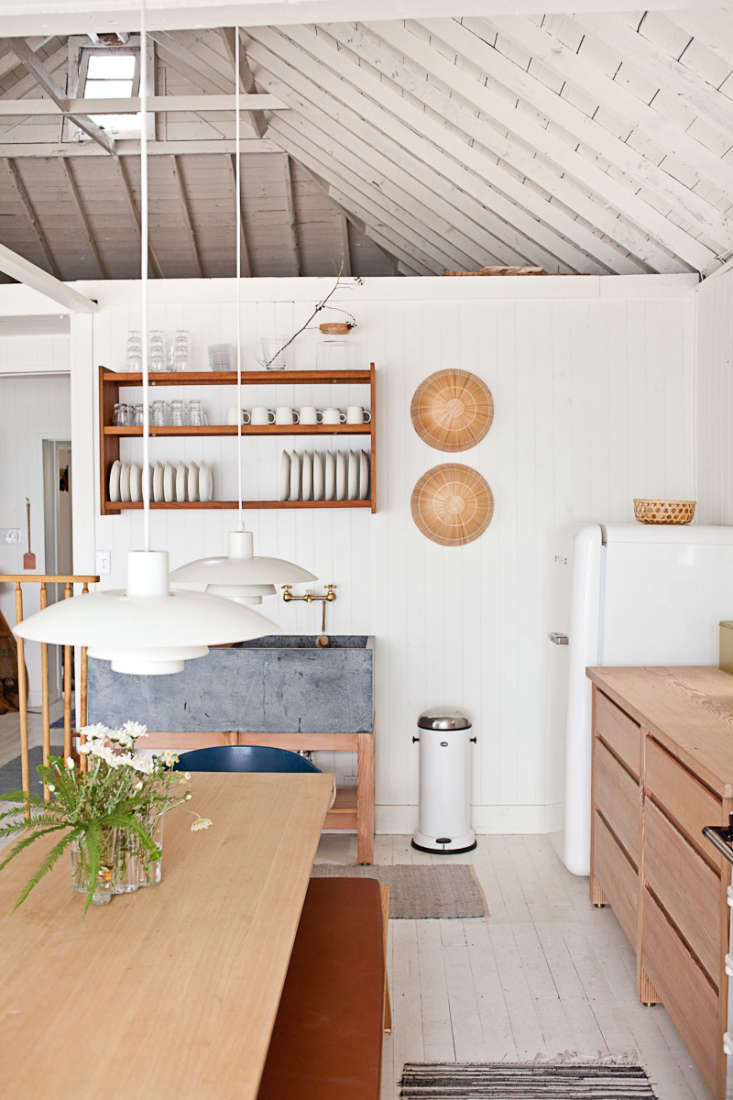











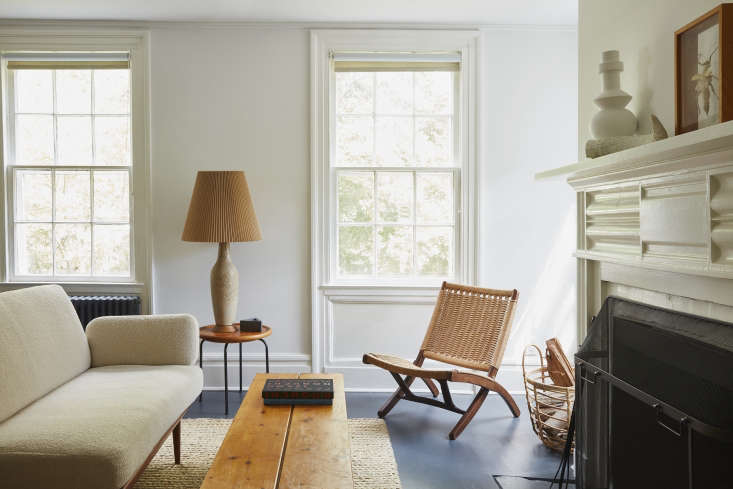


- DIY: New England Splatter-Painted Floors
- Expert Advice: 4 Affordable Floor Finishes from Dirty Girl Construction
- Steal This Look: White-Painted Floors from Frugal Farmhouse
N.B.: This post has been updated; the original story ran on May 30, 2018.
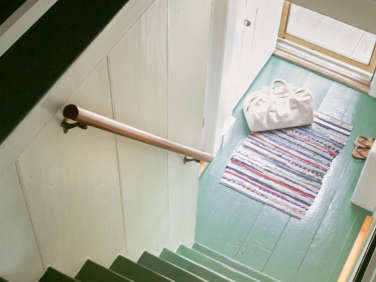
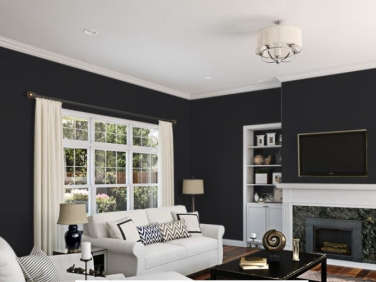
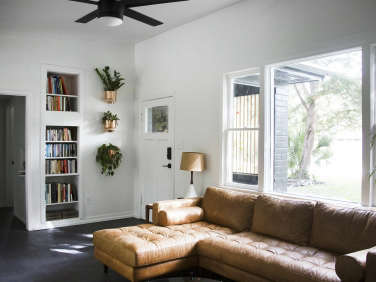


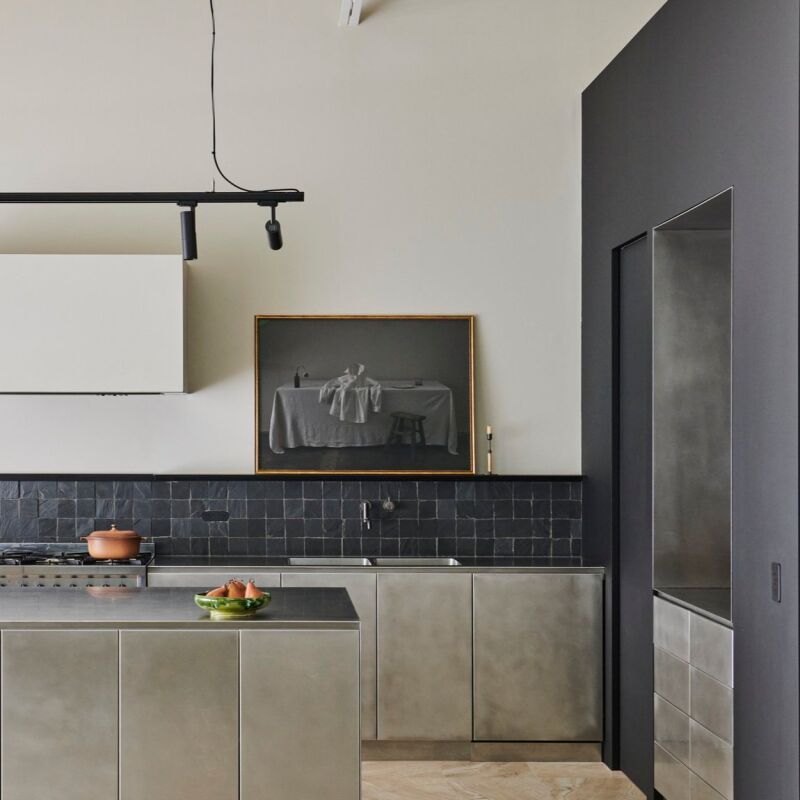
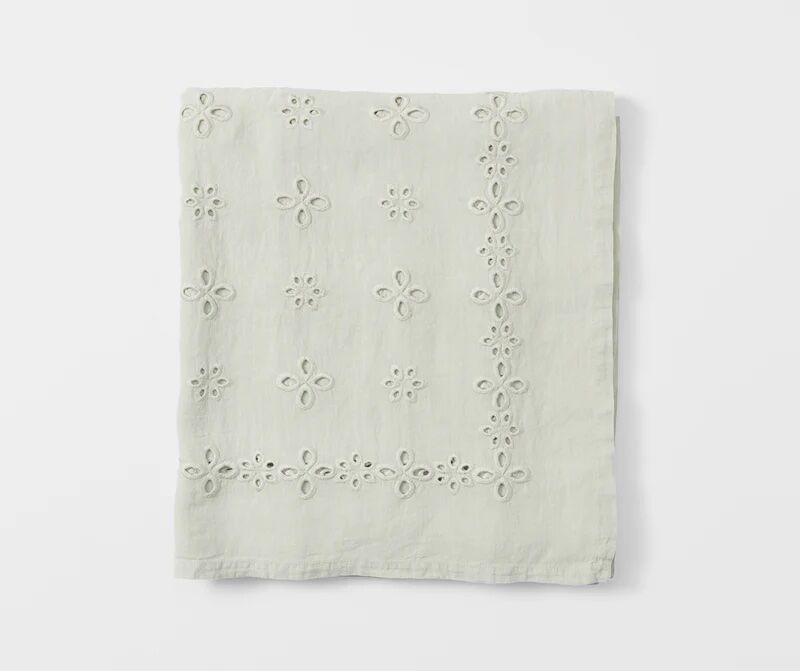

Have a Question or Comment About This Post?
Join the conversation (2)